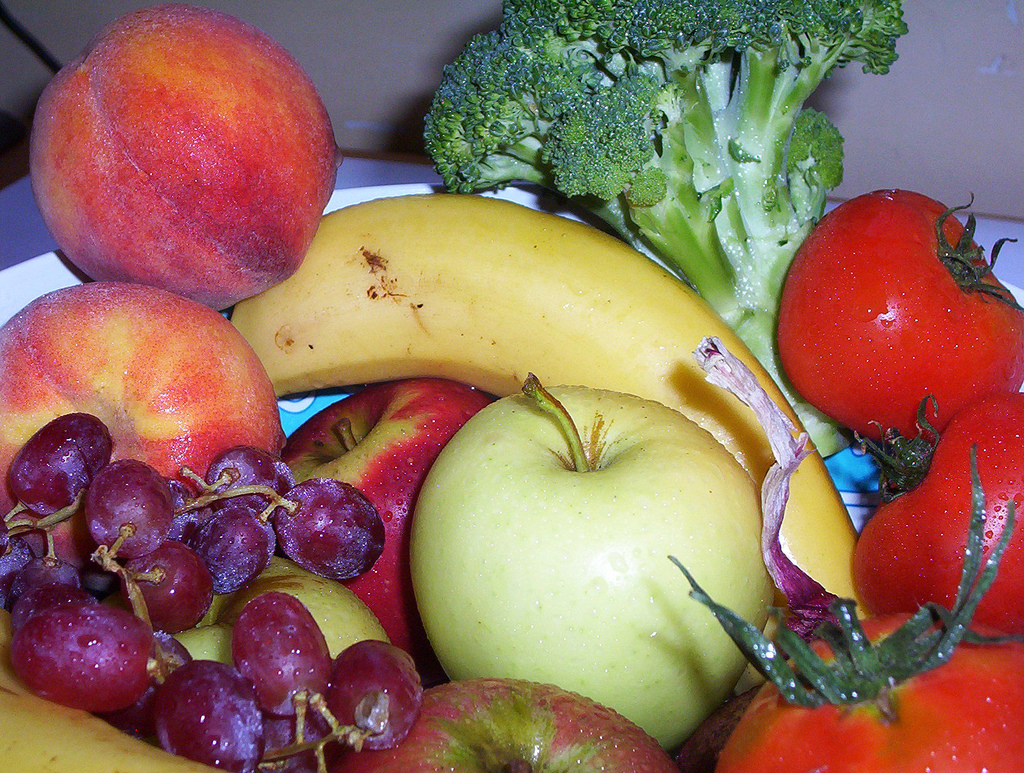
After being diagnosed with diabetes in April, I made some major lifestyle changes and the number one change was to watch what I ate. Daily trips to fast food restaurants, purchasing loads of processed foods and eating sugary foods in endless quantities would have to end.
We’ve heard of and have participated in fundraisers for groups like Charity Water that push for clean water in countries across the world. Access to clean water is a major health and economic issue. But you don’t have to go far to see those same types of issue come up when it comes to access to clean food.
As I started reading food labels, did personal research and attended diabetes health seminars I started to become more informed on the state of our food supply. 90% of the food items in a super market are chock full of preservatives, excess sugar and full of empty calories. Because I am working on controlling diabetes, I especially notice sugar and carbohydrate content.
I’ve run into the term “shop the outside of the grocery store” several times and it means that most of the healthy foods are physically arranged on the outside of the grocery store. Fresh vegetables, nuts and fruits are always located on the outside portions of a grocery store.
Shopping on the outside of a grocery store is great if you are fortunate enough to live within distance of a grocery store with fresh produce. In many neighborhoods residents have to travel far to access those items and only have convenience stores with little or no produce. And, if you do come across a store with fresh fruits and vegetables, there may not be any options to purchase organic food. Many “fresh” fruits are laden with pesticide residue or have been rendered tasteless by genetic modifications. It’s not your imagination; some of those beautiful jumbo strawberries do only taste like water.
This can often take us to local farmers markets. Once again, if you are fortunate enough to live near a farmers market your options may be few and far between.
What if we all had easy access to fresh organically grown fruits and vegetables? And what if those foods were available in our schools instead of soup-in-a-bag pizza kinds of meals? My last year of teaching elementary school I would often eat in the cafeteria with students. We’d go back to class and an hour later if some students had what might appear to be a study-avoiding belly ache, I’d end up with the same very real symptoms.
A couple of years ago I was involved in a local campaign to advocate for a community garden at one of the local elementary schools. Dozens of community members and parents organized, spoke at school board meetings, and advocated for the garden but it never moved forward with the school district. The goal of the campaign was to empower parents and to provide an appreciation for community food sources. We weren’t trying to supplant the food source of the school, at that time, although providing a local sustainable supply of fresh food would be great. There are organizations that take on this battle and have made progress in some school districts.
Do you have access to fresh fruits and vegetables in your neighborhood? What are some other food issues in your community?
Photo credit: mundoo on Flickr – license

